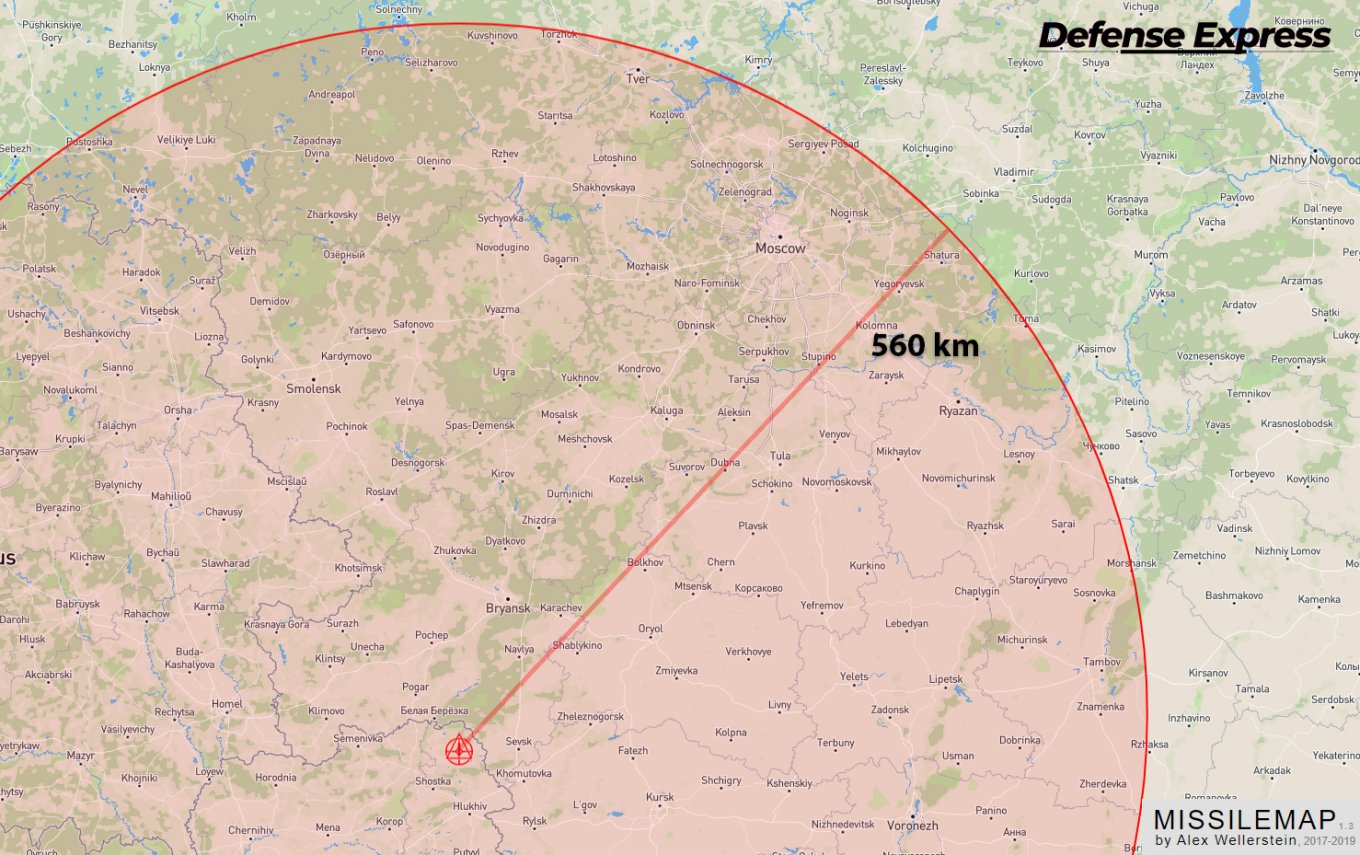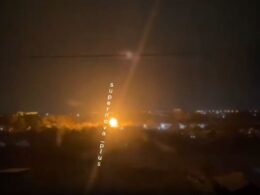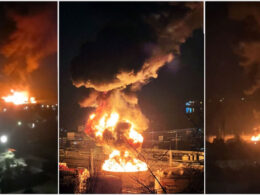A new analysis reveals the potential reach of Ukrainian strikes deep into Russian territory if the United States lifts current restrictions on long-range weapons use.
After the US officially confirmed that Iran had begun supplying missiles to Russia, Washington may lift restrictions on long-range weapon strikes on Russian territory.
Ukraine has been urging allies for months to lift restrictions on the use of long-range weapons against targets within Russia. The restriction doesn’t allow Ukraine to strike Russian logistics and airfields, allowing Russia to exert greater pressure on the frontline, in particular by massively using glide bombs.
According to the report by Defense Express, Ukraine could target key military installations far beyond the current war zone if given access to advanced American and British missile systems.
The report outlines three main weapon systems that could dramatically expand Ukraine's strike capabilities:
- ATACMS ballistic missiles, already in Ukraine's possession, have a range of up to 300 km. "From Ukrainian territory, with a logical retreat from the border, 300 km range is enough to strike targets in the Smolensk and Lipetsk regions," the analysis states. It adds that from frontline areas in Donbas, ATACMS could reach "not only military facilities like the Millerovo and Yeisk air bases, but also targets near Rostov-on-Don, as well as the known Shahed launch area - Primorsko-Akhtarsk."
- AGM-158 JASSM cruise missiles, rumored to be transferred to Ukraine this fall, have a base version range of 370 km. The report notes this extra 70 km over ATACMS is significant: "This distance is important because it formally allows reaching Novorossiysk, which has become the main base for the remnants of the Russian Black Sea Fleet, as well as targets in the Krasnodar region."
- Storm Shadow / SCALP cruise missiles, already supplied by the UK and France, have the longest range at 560 km. "This is already about the possibility of reaching the Moscow Oblast itself, as well as military facilities near cities such as Tver, Ryazan, and Tambov," the analysis reports.
The report argues that concerns about the 300 km range limit set by the Missile Technology Control Regime should no longer apply, stating: "After Russia transferred Iskander OTRK with 500 km range ballistic missiles and cruise missiles with a range of over 1500 km to Belarus, this agreement regarding Russia should hardly be mentioned at all."
The analysis comes as US Secretary of State Antony Blinken is set to visit Kyiv on 11 September. They are scheduled to meet with Ukrainian President Volodymyr Zelenskyy and other high-ranking government officials.
Blinken announced that the purpose of the trip is "to hear directly from the Ukrainian leadership what Kyiv needs now and what partners could do in the coming weeks and months."
Read also:
- The Economist: Ukraine’s landmine crisis threatens global food supply
- Former US and UK officials urge removal of restrictions on Ukrainian long-range strikes
- Trump avoids endorsing Ukraine’s victory in debate with Harris





